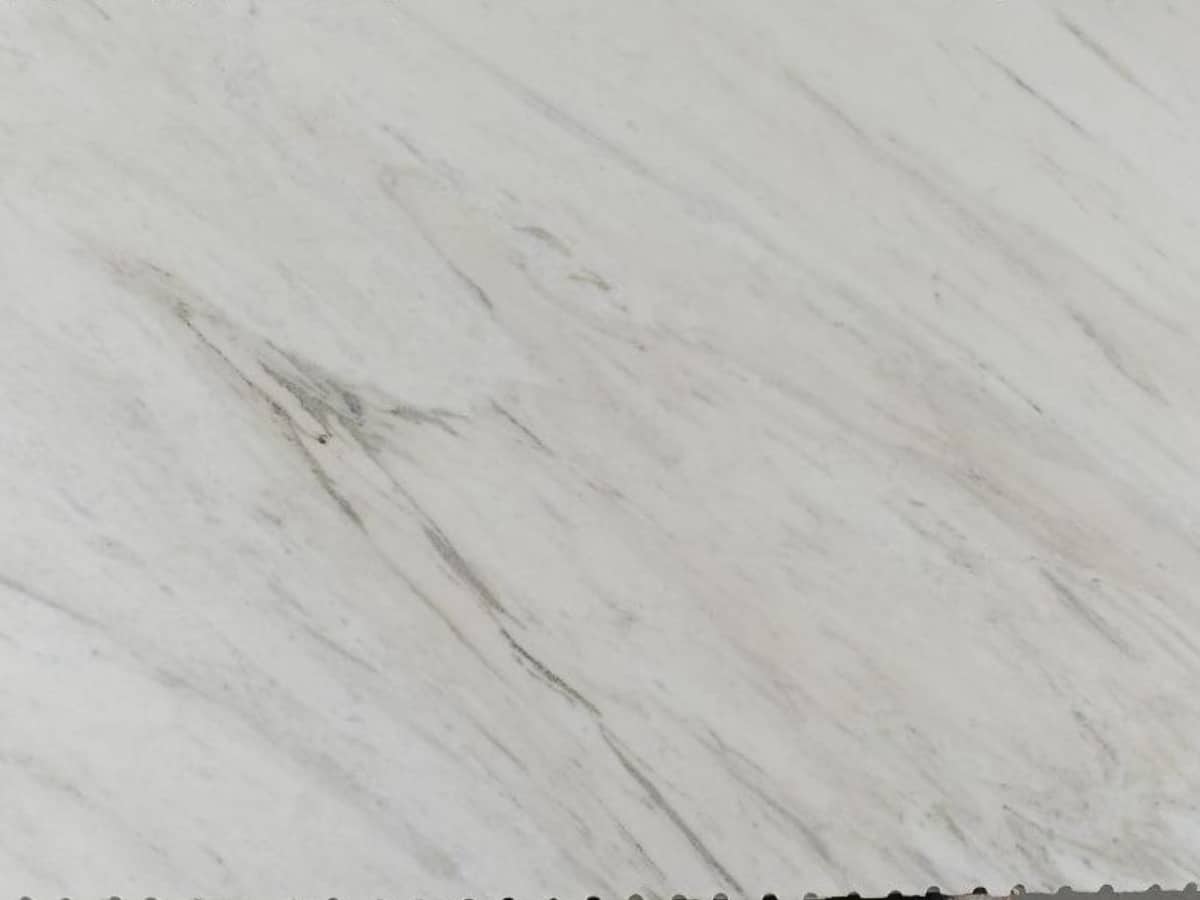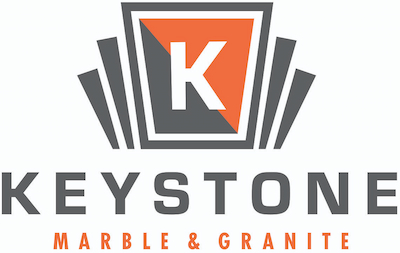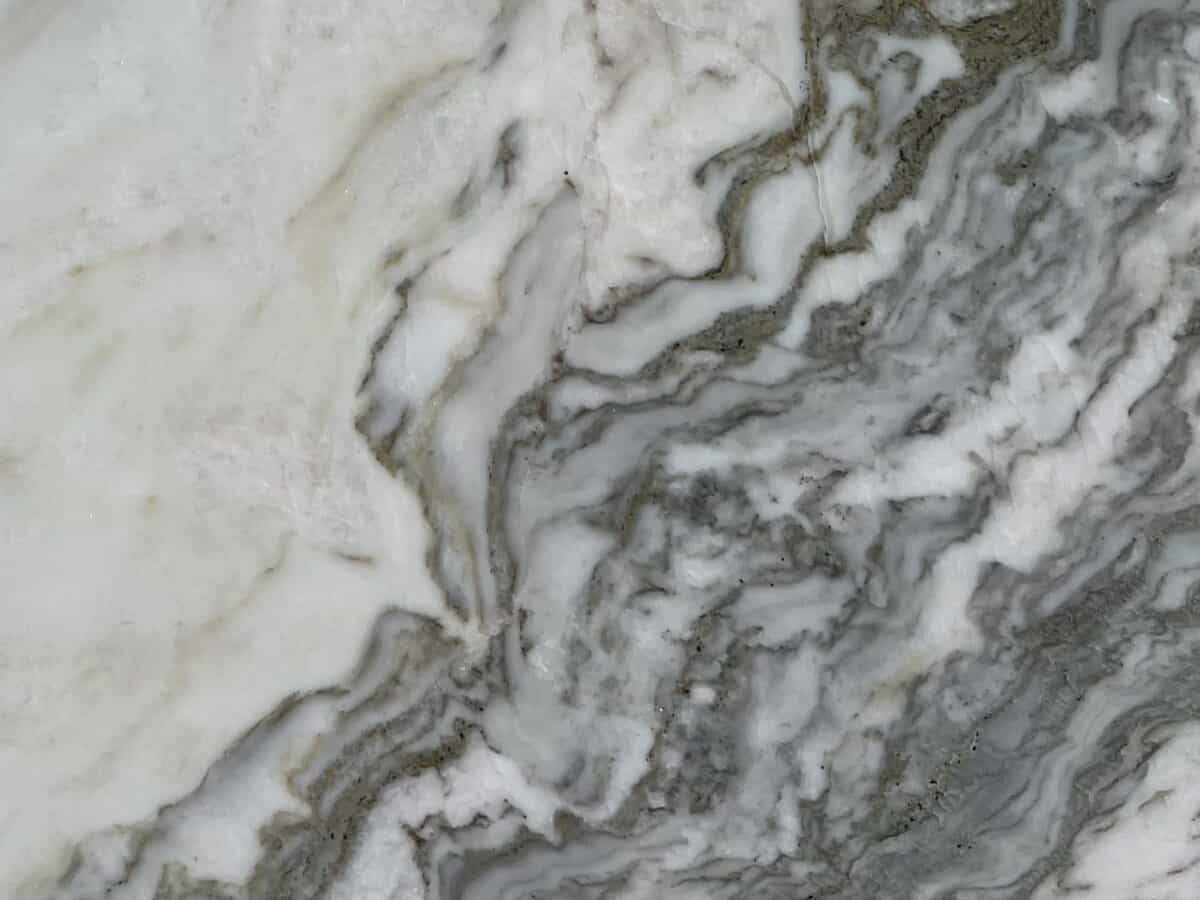Marble is a timeless and classic material that has been used for centuries to add elegance and sophistication to interior and exterior spaces. Among the most popular types of marble used in architecture and design is Calacatta and Carrara marble. Both types of marble are mined in Italy and are highly prized for their unique beauty and durability. However, although they have many similar qualities, some distinct differences between Calacatta and Carrara marble set them apart.
Understanding the differences between these two types of marble can help you make an informed decision when choosing the suitable marble for your design project.
From their origin and geological makeup to their distinctive veining patterns and coloration, this article will explore the key differences between Calacatta and Carrara marble, allowing you to choose the perfect marble for your design needs.
Now, let us explain Calacatta vs. Carrara marble separately first to understand better before listing the main differences between them:
Calacatta Marble
The veining in Calacatta marble generally has bolder and more dramatic veins than other marble types, giving it a striking visual impact. However, because the veining is natural and can vary from slab to slab, it is essential to choose the slab carefully to ensure that the veining complements the room’s design.
Calacatta marble, one of the highest-paid Italian marbles, is seen in a more limited area of use with this feature. Designers and architects often show interest in this marble because they admire the white color. It is one of the primary preferences of architects who want to create a spacious and modern feeling in boutique works.
Calacatta marble is primarily seen in the kitchen countertop and bathroom applications of the living area, as well as the marble countertop application in these regions. It is also widely used as wall covering and floor covering. Even the narrowest locations have the characteristic of showing these areas wider with the feeling of spaciousness brought by the white color.
Carrara Marble
Carrara marble, which takes its name from the Carrara region of Italy, is a type of white-colored, gray-veined marble that has managed to make its name known both in the world and in Italy.
It is a frequently preferred marble with softer patterns than Calacatta marble and gray background. In addition to its natural appearance with its white density, it is an excellent product as it does not cause any harm in terms of health.
This marble, which can take on different forms and is extracted from the Carrara marble quarries, is a highly decorative product of its kind, thanks to the unique effects that emerge with honing, polishing, and polishing applications. This product, which will fascinate you with its magnificent appearance, will be the right choice for creating a dynamic environment.
If you want to reflect elegance in your living spaces, we recommend this product that will meet your needs. Carrara marble, a remarkable variety among the types of marble, not only has a homogeneous color distribution but also a long life. Therefore, it can be used without any problems in the long run.

Carrara Marble vs Calacatta Marble: Main Differences
Now we list the main differences between Calacatta and Carrara marble for you in an easy-to-understand way:
- Origin: Calacatta marble comes from the Apuan Mountains in Carrara, Italy, while Carrara marble is sourced from the town of Carrara itself.
- Color and veining: Calacatta marble usually has a more dramatic, bold veining and a creamy or white background with gold or grey veins. Carrara marble typically has a lighter, grayish-white background with softer veining, while Calacatta is more pronounced with its dramatic veins.
- Rarity: Calacatta marble is considered rarer and more expensive than Carrara marble due to its distinctive, high-contrast veining patterns.
- Hardness: Calacatta marble is harder and denser than Carrara marble, which makes it more resistant to damage and stains.
- Price: Calacatta marble is generally more expensive than Carrara marble due to its rarity and distinctive veining patterns.
- Maintenance: Both Calacatta and Carrara marble require regular sealing and maintenance to prevent staining and etching from acidic substances.
- Use: Calacatta marble is often used for high-end applications such as luxury marble countertops. On the other hand, Carrara marble is more commonly used for flooring and backsplashes in residential and commercial settings.
Is Calacatta Marble Harder than Carrara?
Regarding hardness, both Calacatta and Carrara marble are made of calcium carbonate. However, Calacatta marble has a higher calcite concentration, making it slightly harder than Carrara marble. Calcite is a mineral that ranks 3 on the Mohs hardness scale. In Carrara marble, the mineral dolomite ranks only 2.5 to 3.
However, this difference in hardness may not be significant for most practical purposes. Sealing and maintaining marble properly is essential to protect it from damage because Calacatta and Carrara marble are relatively soft and can be scratched by an acidic substance such as lemon juice and vinegar.
What is the Highest Quality Marble?
The highest quality marble is often subjective and depends on individual preferences and the intended use of marble. However, there are also some factors that you should consider regarding the quality of marble:
- High-quality marble should have a consistent and vibrant color with minimal veining or discoloration. The color should also be uniform throughout the entire slab.
- The clarity of the marble refers to the absence of impurities or inclusions within the natural stone. High-quality marble should have a clean, smooth surface with no visible blemishes.
- High-quality marble should be able to withstand wear and tear without scratching, chipping, or cracking easily.
- High-quality marble should have a high density, which means it is less likely to absorb water or stains. It should also have a smooth and polished surface that resists scratching.
- The location where the marble is sourced can also impact its quality. Some of the most highly prized marble is found in Italy, Greece, and Turkey.
By considering these factors, you can better understand the quality of marble. Working with a reputable supplier who can provide detailed information about the marble’s quality and origin is also essential.
Which is More Expensive, Carrara or Calacatta Marble?
The pricing of these marbles can vary greatly depending on various factors such as quality, availability, and demand. Calacatta marble is considered a high-end material due to its rarity and high demand. The price of Calacatta marble varies depending on the quality of the natural stone, but it can range from $200 to $400 per square foot. The higher the quality of the natural stone, the more expensive it becomes.
However, Carrara marble has a more subtle veining pattern and a light grey background. It is a more affordable option than Calacatta marble, with prices ranging from $40 to $100 per square foot. The cost of Carrara marble also depends on the stone’s quality, with higher quality stones commanding a higher price.
The pricing of both Calacatta and Carrara marble can also be affected by their availability. Due to the high demand for Calacatta marble, finding large quantities of natural stone can be challenging. This can drive up the price of Calacatta marble even further. On the other hand, Carrara marble is more widely available and can be found in larger quantities, making it a more affordable option.
Basically, the pricing of Calacatta vs. Carrara marble can vary greatly depending on the stone’s quality, availability, and demand. Calacatta marble is a luxury material that can be expensive, while Carrara marble is a more affordable option. It is essential to do your research and compare prices before making a final decision on which type of marble to choose for your project.
Conclusion
In this article, we provided the critical differences between Calacatta and Carrara marble, allowing you to choose the perfect marble for your design needs. Although they have similar origins, patterns, and usage areas, they are different in terms of veining and color, hardness, pricing, and rarity.
Remember, thanks to the wonders of the internet, you can now search for and explore a wide range of marble options from the comfort of your home. Whether you’re looking for a classic white Carrara or something more unique, there are endless options to choose from.
Instagram and Pinterest are also great places to search for inspiration, as you can easily find photos and posts from designers and DIY enthusiasts who have used different types of marble in their projects. By taking advantage of the internet’s vast resources, you can easily compare prices, colors, and textures to make an informed decision and find the perfect marble for your needs.
If you are interested in reading similar articles, check out our blog!


